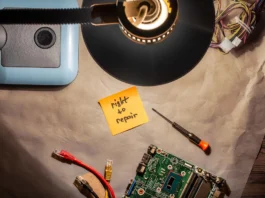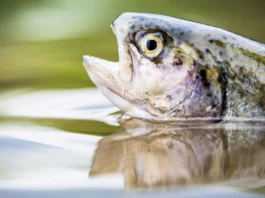Every year, millions of birds meet a tragic and largely invisible end against glass windows. From skyscrapers to suburban homes, the glass surrounding us poses a deadly hazard to migratory birds, leaving them stunned, injured, or dead. The sheer scale of this crisis is alarming—research estimates that between 1.28 billion and 3.46 billion birds die each year in the United States alone due to collisions with glass. When we look globally, the numbers are even more staggering.
Yet, a silent revolution is taking place in cities like Chicago, where conservationists, urban planners, and passionate advocates are coming together to address this preventable disaster. From simple window decals to innovative bird-safe film, we have the tools and the knowledge to change the fate of billions of birds.
A Silent Crisis in Plain Sight
The sight of a bird crashing into a glass window is heartbreaking. With a loud thud, the delicate creature is often rendered unconscious or killed. While some birds may recover and fly away, many succumb to their injuries, or worse, become easy prey for predators. In urban environments, this problem is amplified by reflective glass that tricks birds into thinking they are flying into open space.
As Daniel Klem, a leading ornithologist at Muhlenberg College, poignantly points out, “The whole bloody world is filled with glass right now.” As the global glass construction market surges, so does the threat to our avian friends. Between 1.92 billion and 5.19 billion birds may die annually in the U.S. alone, and the numbers rise every year.
Chicago’s Wake-Up Call
Nowhere is this crisis more visible than in Chicago, often dubbed the “birdiest city in America.” The city sits along a vital migratory corridor, and its glass-covered buildings are a deadly barrier for birds flying south for the winter. In October 2023, the McCormick Place Convention Center witnessed a devastating tragedy—over 1,000 birds collided with the building in a single day. The loss was staggering, but it ignited a crucial conversation about the responsibility of cities to protect wildlife in the urban jungle.
In response, the McCormick Place team, alongside the Chicago Bird Alliance and conservationists like Annette Prince, began implementing bird-safe measures, including window films designed to reduce collisions by disrupting the reflections birds mistake for open space. The result? A remarkable 95% reduction in bird fatalities during the fall migration season. This success proves that change is not only possible—it’s already happening.

Small Changes, Big Impact
The beauty of the McCormick Place story is that it shows the power of simple solutions. Bird-safe films, reflective decals, and even just turning off lights during migration can drastically reduce collisions. These are easy-to-implement measures that come at a fraction of the cost of the environmental damage caused by continuing the status quo.
According to Klem, “We know how to solve this problem.” Whether it’s through applying polka-dot patterns on windows or instituting a “Lights Out” policy for buildings during migration seasons, solutions are already here. The critical issue is making these changes standard practice in urban planning and design.
Empowering Action at Every Level
The good news is that we don’t have to wait for large-scale policy changes to make a difference. Homeowners can take action too. Simple, affordable solutions like window decals and retrofitting glass with bird-safe films can prevent countless bird deaths. And raising awareness about these easy fixes can encourage broader community efforts to protect birds.
But this isn’t just about saving individual birds; it’s about preserving ecosystems. Birds are essential to biodiversity, pollination, and pest control. If we lose them, the entire food web is at risk. Protecting birds is a fight for the environment—and it’s one that we can win, one window at a time.
A Call for Broader Change
While McCormick Place’s efforts are commendable, they are just one piece of the puzzle. Across the nation and around the world, cities, organizations, and individuals must join the movement to make urban spaces safer for birds.
The tragic events at McCormick Place have sparked a global outcry—and more importantly, a movement. As the conversation around bird-friendly buildings gains momentum, we must ensure that policies and practices evolve to reflect the urgency of this issue.
How You Can Help
So, what can you do? Start by sharing this story. Talk to your local government about adopting bird-safe building codes. If you’re a building owner, consider retrofitting your glass or signing up for a bird-friendly certification. And if you’re a homeowner, it’s as simple as installing window decals or reducing lighting during migration seasons.
We have the tools to protect birds, and the time to act is now. Together, we can save billions of lives, preserve our planet’s biodiversity, and ensure that future generations hear the sweet song of birds flying through the sky.
The glass that surrounds us may seem harmless, but for millions of birds, it is a deadly trap. By taking action—whether through policy change, awareness, or simple interventions—we can drastically reduce bird fatalities and preserve the beauty of our natural world. It’s not just about saving individual birds; it’s about ensuring that our cities can coexist with the wildlife that shares them.
We all have a part to play in creating a world where birds can fly freely and safely. The time to act is now.




